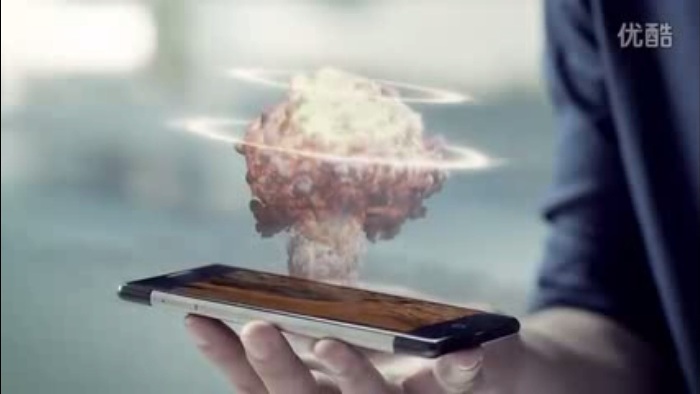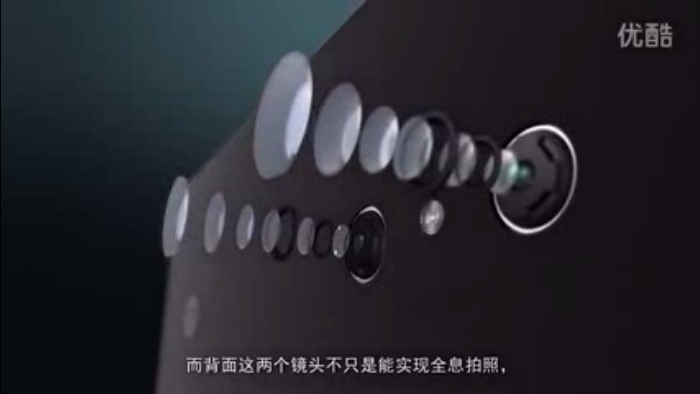Is the World’s First Holographic Smartphone Now a Reality?
It’s bound to happen. With Ostendo creating a chip that can produce holograms, it’s expected that after some months some company will be able to make use of this chip and compete in producing the world’s first ever holographic smartphone. However, now seems too soon. The concept of smartphones with the ability to project holograms has not materialized yet. The “holographic display” announced by a Chinese company through a press release about a “world-leading holographic display technology” is not yet the type depicted in the Star Wars movies.
Takee 3D Holography
This is a rather late reportage on supposedly a world-first display tech coming a relatively unknown Chinese company. Takee Technology, in a PRNewswire dated June 22 this year, announced a smartphone that claims to offer the world’s first holographic display technology. It’s not the holograph you are probably thinking. No, there are no hologram projections involved. There’s none of the Star Wars or Star Trek vibe going on although their promo video misleadingly shows actual holograms coming out of the smartphone.
The device is called the Takee holographic handset. It looks just like an ordinary smartphone with the flat display. It does not have parts that can project light and create a hologram. Instead, it is equipped with sensors that facilitate the creation of a holographic effect. In other words, the holographic effect only works on one user. The images shown are changed as the person using the device looks at the display from different angles or as the device is tilted. This is definitely not the same kind of holography shown on the Takee holographic handset’s promo video posted on YouTube.
Different from the Fire Phone
Nevertheless, Takee claims that their technology is “fundamentally different from the Amazon Fire Phone.” As Takee’s press release pointed out, the Fire Phone’s display technology is not a naked-eye 3D display technology. It relies on dynamic perspective 3D technology with which images only have a limited 3D effect, the effect only works at narrow angles side-to-side or up-and-down. The Fire Phone is practically 2D display technology, as Takee would like to put it.
With the Takee phone, the images on the display appear like they are popping out so the user can supposedly see the sides and back of an object being shown while changing the orientation or viewing angle of the device. A Rubik’s Cube image taken by the device’s 3D recording camera, for instance, will appear like a real 3D image on the Takee display. Of course, this holographic effect will only work with images captured using a camera with the holographic 3D capability. Ordinary images will look the same when viewed on the Takee screen.
Sensors for “Holographic” Controls or Interaction
Again, as mentioned you can’t expect Takee’s device to work in the same way shown in their promo video. Nevertheless, the device appears to enable a holographic-like way of interaction. This is because it comes with special sensors similar to Sony Xperia Sola’s Floating Touch technology or the air gestures introduced in Samsung Galaxy S4. As such, users don’t have to touch the device’s display itself but simply hover or point their fingers over the interactive elements or icons on the images they can view like holograms.
Takee Phone Specs
Compared to other smartphones from leading manufacturers, there’s nothing mind-blowing with the Takee phone’s technical specs. It uses an octa-core MT6592T process (from Mediatak) which is already quite common among China phones. The display is a 5.5-inch 1080p (full HD, 1920×1080) screen. It has a dual-camera setup similar to that of the HTC One M8’s but both lenses are using the 13 MP Sony Exmor R IMX135 sensor with f/2.0 aperture. The front-facing camera is a 5 MP unit. The device will be equipped with dual-stereo speakers. Storage on the other hand is a regular 32 GB capacity while the battery packs 2,500 mAh of juice, which is rather small for a 5.5-inch device.
The Takee phone’s dual-lens camera is capable of recording images or videos in 3D or with the holographic effect so the resulting images can make use of the device’s interesting display technology. It’s just uncertain what format will be used but there are apps guaranteed to be available to make good use of the device’s distinctive capabilities.
The Takee handset was officially released on July 17 in Beijing. There haven’t been actual demonstrations of the device yet so it’s still unclear whether or not Takee delivers what its press release and ambiguous media coverage are claiming or reporting. It’s a little disappointing that we can’t still see a device that actually uses Ostendo’s hologram projection chip but the Takee device isn’t really that bad. The holographic effect sounds gimmicky and unnecessary but it’s at least something different from the mobile 3D displays already available in the market. The 3D games and apps Takee Technology mentioned are worth looking forward to.




